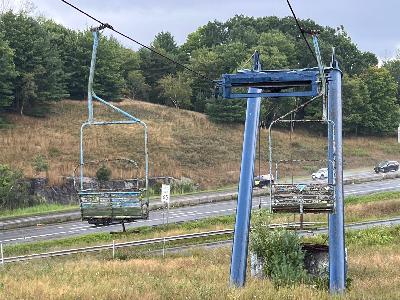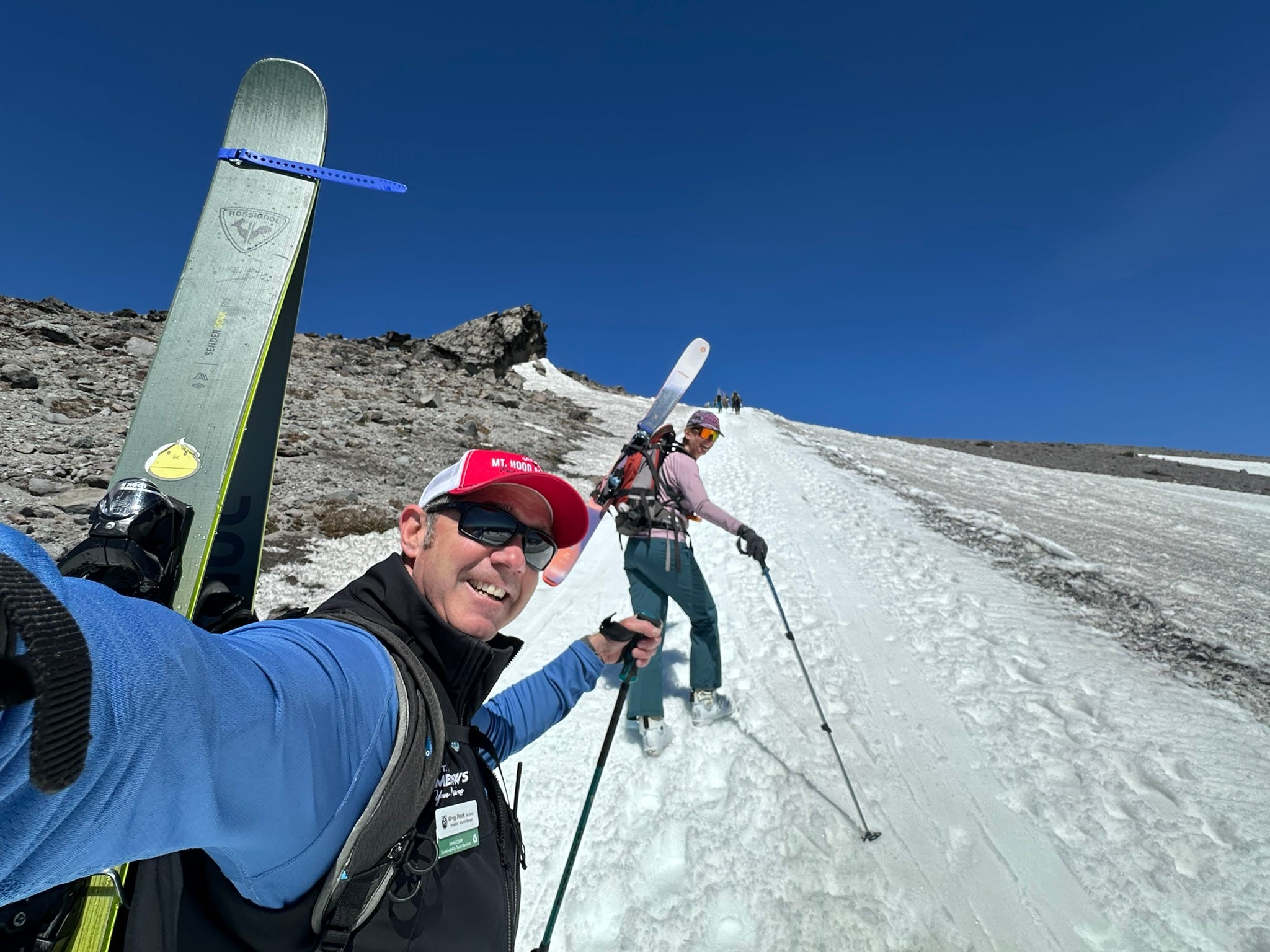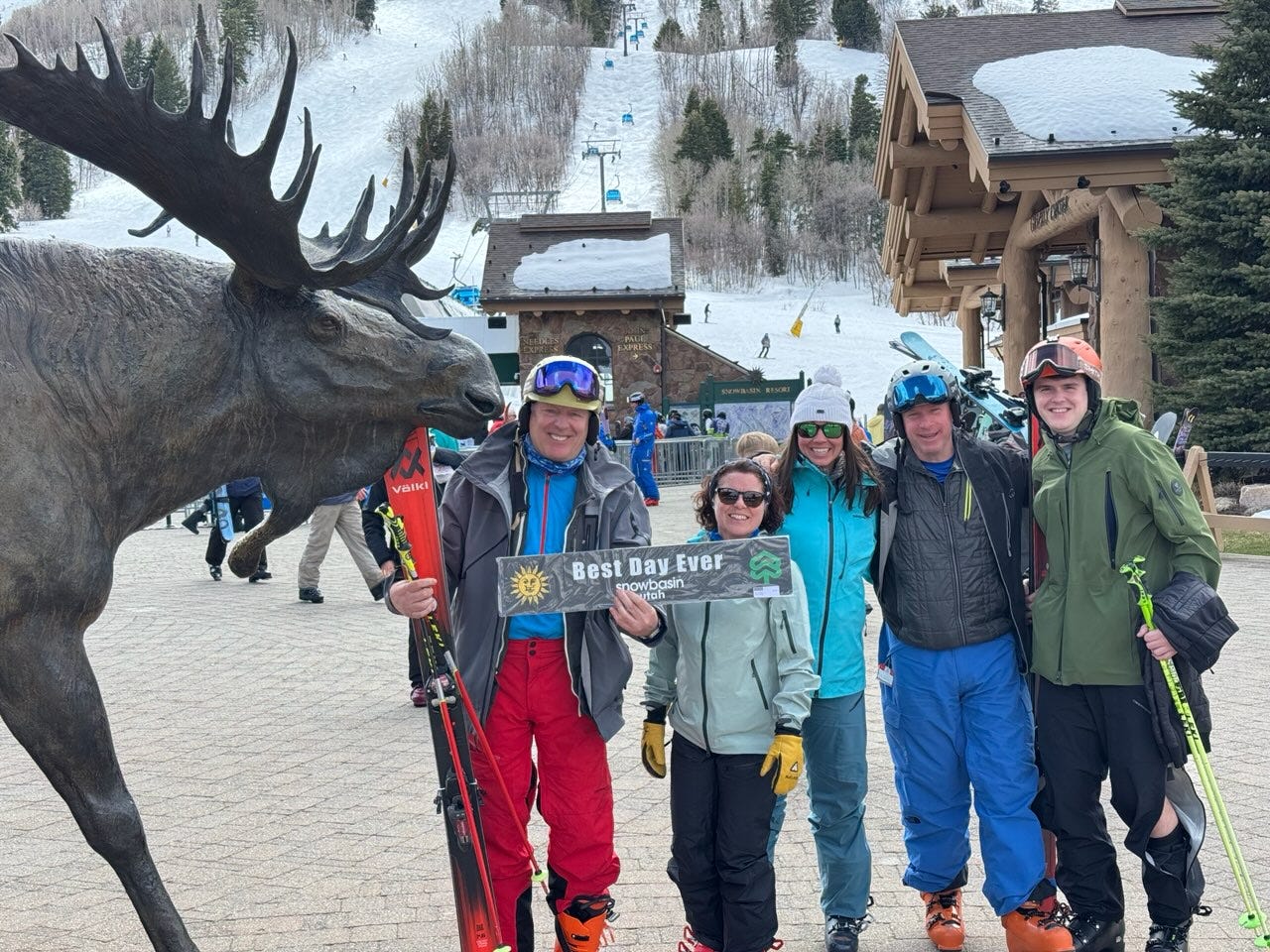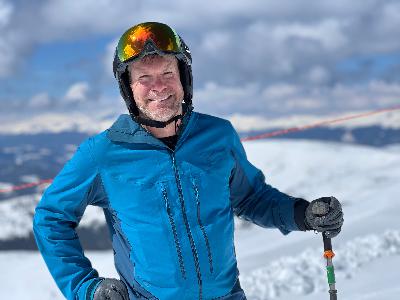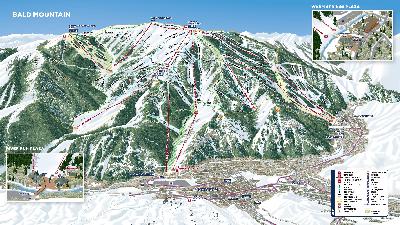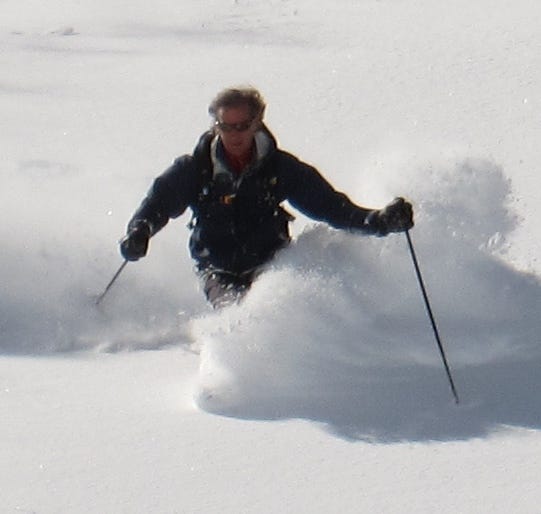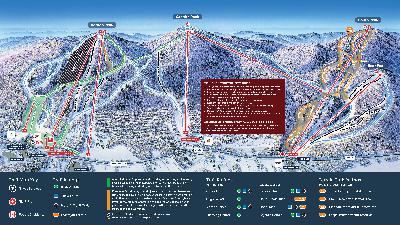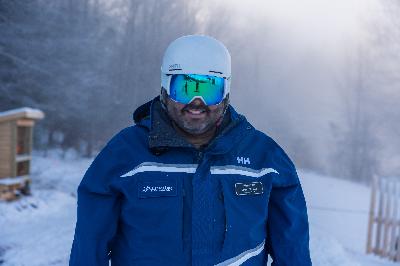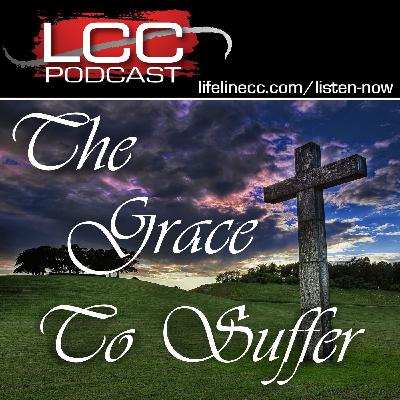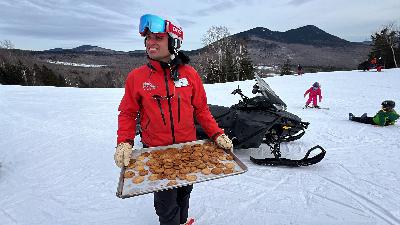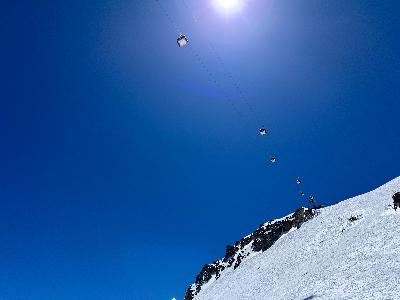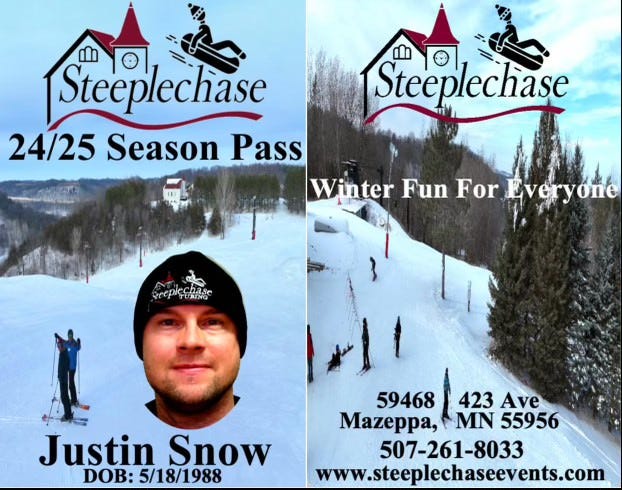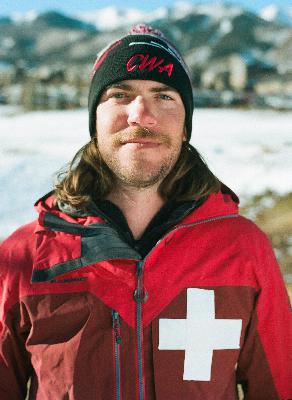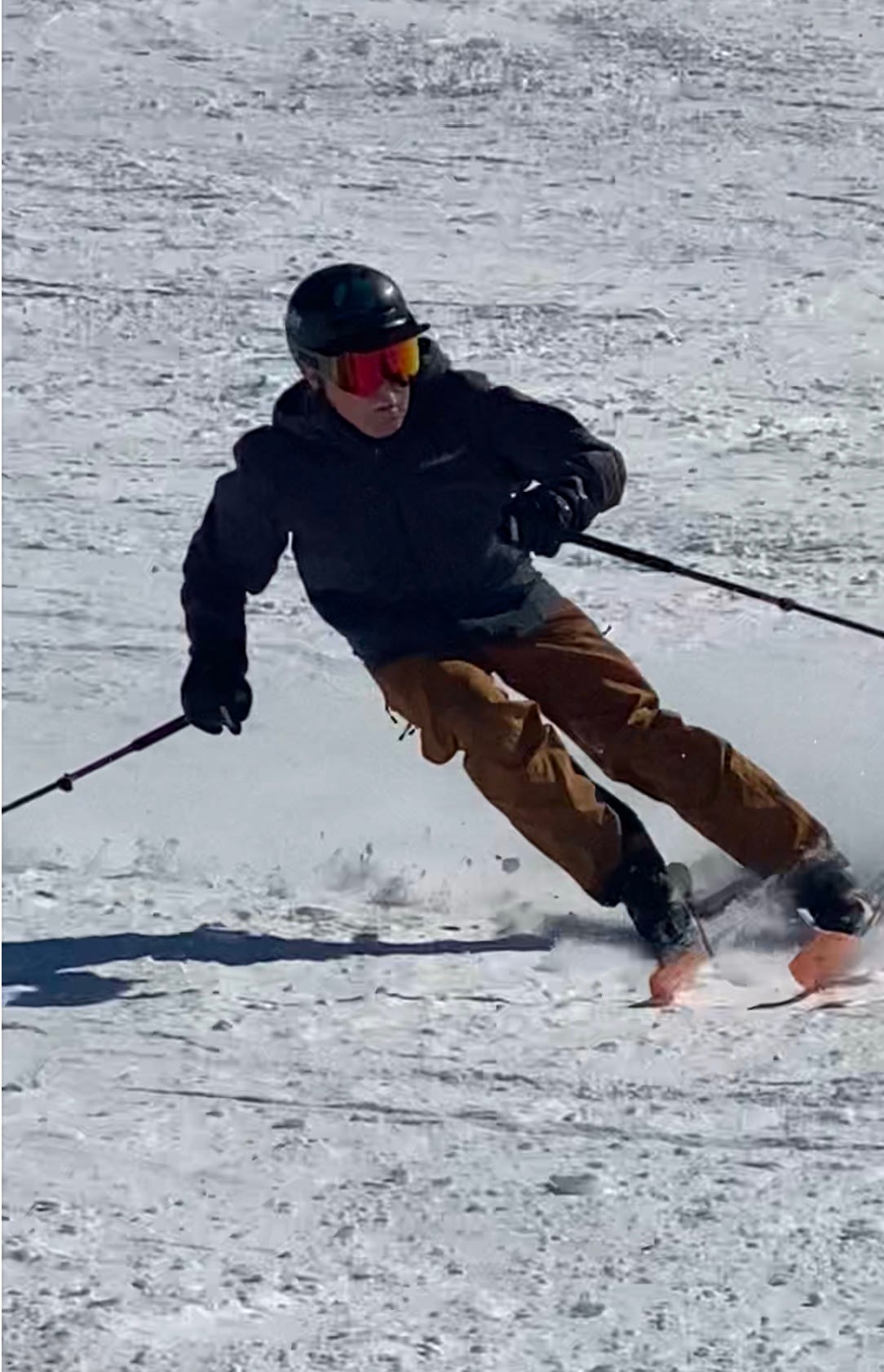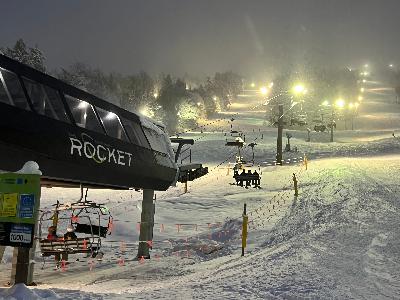Podcast #193: Holiday Mountain, New York Owner Mike Taylor
Description
This podcast hit paid subscribers’ inboxes on Nov. 30. It dropped for free subscribers on Dec. 7. To receive future episodes as soon as they’re live, and to support independent ski journalism, please consider an upgrade to a paid subscription. You can also subscribe to the free tier below:
Who
Mike Taylor, Owner of Holiday Mountain, New York
Recorded on
November 18, 2024
About Holiday Mountain
Click here for a mountain stats overview
Owned by: Mike Taylor
Located in: Monticello, New York
Year founded: 1957
Pass affiliations: None
Closest neighboring ski areas: Villa Roma (:37), Ski Big Bear (:56), Mt. Peter (:48), Mountain Creek (:52), Victor Constant (:54)
Base elevation: 900 feet
Summit elevation: 1,300 feet
Vertical drop: 400 feet
Skiable acres: 60
Average annual snowfall: 66 inches
Trail count: 9 (5 beginner, 2 intermediate, 2 advanced)
Lift count: 3 (1 fixed-grip quad, 1 triple, 1 carpet - view Lift Blog’s inventory of Holiday Mountain’s lift fleet)
Why I interviewed him
Not so long ago, U.S. ski areas swung wrecking ball-like from the necks of founders who wore them like amulets. Mountain and man fused as one, each anchored to and propelled by the other, twin forces mirrored and set aglow, forged in some burbling cauldron and unleashed upon the public as an Experience. This was Killington and this was Mammoth and this was Vail and this was Squaw and this was Taos, each at once a mountain and a manifestation of psyche and soul, as though some god’s hand had scooped from Pres and Dave and Pete and Al and Ernie their whimsy and hubris and willfulness and fashioned them into a cackling live thing on this earth. The men were the mountains and the mountains were the men. Everybody knew this and everybody felt this and that’s why we named lifts and trails after them.
This is what we’ve lost in the collect-them-all corporate roll-up of our current moment. I’m skeptical of applying an asteroid-ate-the-dinosaurs theory to skiing, but even I’ll acknowledge this bit. When the caped founder, who stepped into raw wilderness and said “here I will build an organized snowskiing facility” and proceeded to do so, steps aside or sells to SnowCo or dies, some essence of the mountain evaporates with him. The snow still hammers and the skiers still come and the mountain still lets gravity run things. The trails remain and the fall lines still fall. The mountain is mostly the same. But nobody knows why it is that way, and the ski area becomes a disembodied thing, untethered from a human host.
This, I think, is a big part of the appeal of Michigan’s Mount Bohemia. Ungroomed, untamed, absent green runs and snowguns, accessible all winter on a $109 season pass, Boho is the impossible storybook of the maniac who willed it into existence against all advice and instinct: Lonie Glieberman, who hacked this thing from the wilderness not in some lost postwar decade, but in 2000. He lives there all winter and everybody knows him and they all know that this place that is the place would not exist had he not insisted that it be so. For the purposes of how skiers consider the joint, Lonie is Mount Bohemia. And someday when he goes away the mountain will make less sense than it does right now.
I could write a similar paragraph about Chip Chase at White Grass Touring Center in West Virginia. But there aren’t many of those fellas left. Since most of our ski areas are old, most of our founders are gone. They’re not coming back, and we’re not getting more ski areas. But that doesn’t mean the era of the owner-soul keeper is finished. They just need to climb a different set of monkey bars to get there. Rather than trekking into the mountains to stake out and transform a raw wilderness into a piste digestible to the masses, the modern mountain incarnate needs to drive up to the ski area with a dump truck full of hundred dollar bills, pour it out onto the ground, and hope the planted seeds sprout money trees.
And this is Mike Taylor. He has resources. He has energy. He has manpower. And he’s going to transform this dysfunctional junkpile of a ski area into something modern, something nice, something that will last. And everyone knows it wouldn’t be happening without him.
What we talked about
The Turkey Trot chairlift upgrade; why Taylor re-engineered and renovated a mothballed double chair just to run it for a handful of days last winter before demolishing it this summer; Partek and why skiing needs an independent lift manufacturer; a gesture from Massanutten; how you build a chairlift when your chairlift doesn’t come with a bottom terminal; Holiday Mountain’s two new ski trails for this winter; the story behind Holiday Mountain’s trail names; why a rock quarry is “the greatest neighbors we could ever ask for”; big potential future ski expansion opportunities; massive snowmaking upgrades; snowmaking is hard; how a state highway spurred the development of Holiday Mountain; “I think we’ve lost a generation of skiers”; vintage Holiday Mountain; the ski area’s long, sad decline; pillage by flood; restoring abandoned terrain above the Fun Park; the chairlift you see from Route 17 is not actually a chairlift; considering a future when 17 converts into Interstate 86; what would have happened to Holiday had the other bidders purchased it; “how do we get kids off their phones and out recreating again?”; advice from Plattekill; buying a broken ski area in May and getting it open by Christmas (or trying); what translates well from the business world into running a ski area; how to finance the rebuild and modernization of a failing ski area; “when you talk to a bank and use the word ‘ski area,’ they want nothing to do with it”; how to make a ski area make money; why summer business is hard; Holiday’s incredible social media presence; “I always thought good grooming was easy, like mowing a lawn”; how to get big things done quickly but well; ski racing returns; “I don’t want to do things half-assed and pay for it in the long run”; why season two should be better than season one; “you can’t make me happier than to see busloads of kids, improving their skills, and enjoying something they’re going to do for the rest of their life”; why New York State has a challenging business environment, and how to get things done anyway; the surprise labor audit that shocked New York skiing last February – “we didn’t realize the mistakes we were making”; kids these days; the State of New York owns and subsidizes three ski areas – how does that complicate things?; why the state subsidizing independent ski areas isn’t the answer; the problem with bussing kids to ski areas; and why Holiday Mountain doesn’t feel ready to join the Indy Pass.
Why I thought that now was a good time for this interview
I met Taylor in a Savannah bar last year, five minutes after he’d bought a ski area and seven months before he needed to turn that ski area into a functional business. Here was the new owner of Holiday Mountain, rolling with the Plattekill gang, more or less openly saying, “I have no idea what the hell I’m doing, but I’m going to do it. I’m going to save Holiday Mountain.”
The National Ski Areas Association’s annual show, tucked across the river that week, seemed like a good place to start. Here were hundreds of people who could tell Taylor exactly how hard it was to run a ski area, and why. And here was this guy, accomplished in so many businesses, ready to learn. And all I could think, having skied the disaster that was Holiday Mountain in recent years, was thank God this dude is here. Here’s my card. Let’s talk.
I connected with Taylor the next month and wrote a story about his grand plans for Holiday. Then I stepped back and let that first winter happen. It was, by Taylor’s own account, humbling. But it did not seem to be humiliating, which is key. Pride is the quickest path to failure in skiing. Instead of kicking things, Taylor seemed to regard the whole endeavor as a grand and amusing puzzle. “Well let’s see here, turns out snowmaking is hard, grooming is hard, managing teenagers is hard… isn’t that interesting and how can I make this work even though I already had too much else to do at my other 10 jobs?”
Life may be attitude above all else. And when I look at ski area operators who have recycled garbage into gold, this is the attribute that seems to steer all others. That’s people like Rick Schmitz, who talked two Wisconsin ski areas off the ledge and brought another back from its grave; Justin Hoppe, who just traded his life in to save a lost UP ski area; James Coleman, whose bandolier of saved ski areas could fill an egg carton; and <a href="https://www.stormskiing.com

